What is switchgear? This is a question that we get asked all the time and it’s not surprising because this particular piece of electrical equipment can be pretty confusing. But don’t worry, we’re here to help! In this article, we will answer common questions about switchgears and provide some tips on how you can care for yours. So if you’re curious about what a switchgear does or just want to make sure yours is in top condition, keep reading!
Definition of Switchgear
The switchgear includes components such as circuit breakers, relays, isolators, fuses and contactors that are used to disconnect circuits or isolate faults in a network. In addition, surge arresters are also often included in switchgear systems to protect against voltage spikes. Switchgear is typically characterized by its ability to withstand high fault currents (short-circuit currents) while providing isolation from other parts of the system during operation.
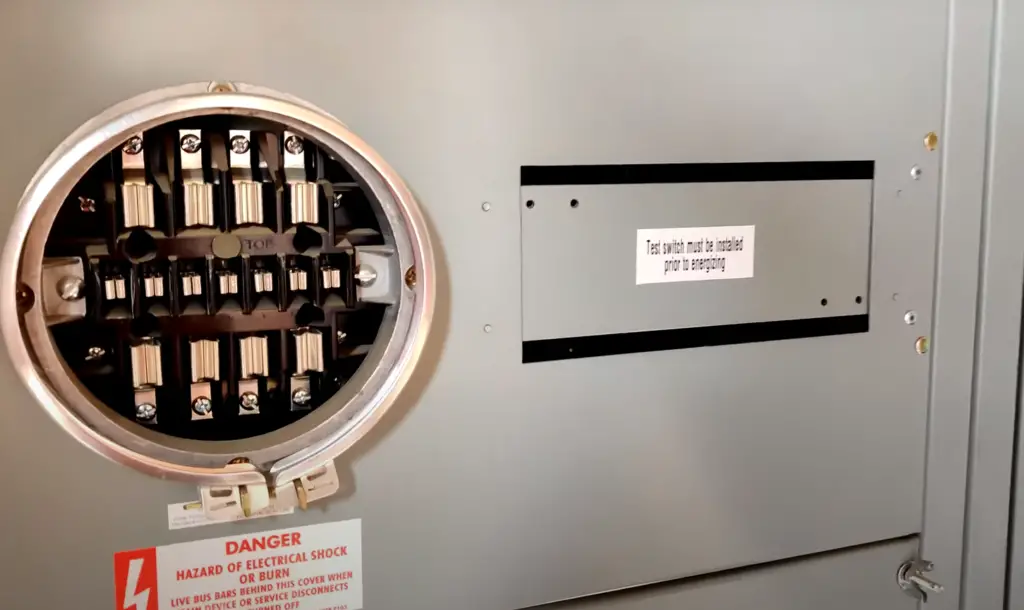
Switchgear works by providing an electrical connection between two or more electrical circuits. It is used to protect and control circuits, as well as provide power isolation, surge protection, and circuit switching capabilities.
Switchgear comprises various power conductors, such as fuses and switches, but circuit breakers are the most prevalent component. When an electrical fault occurs, a circuit breaker senses it and promptly interrupts the energy flow to avoid further destruction in the system.
The primary role of switchgear is to protect electrical equipment from short-circuits, overloads, and other abnormal conditions. In addition, switchgear also provides power control and distribution in a safe manner by using various switches, fuses, circuit breakers, and other components.
Switchgear also helps in protecting the circuit by disconnecting it when something goes wrong or a short-circuit occurs; while switchboards help in controlling the flow of electricity throughout the system. Therefore, it’s important to understand how each works and the differences between them before using any components in your electrical systems. [1], [2]
What are the Types of Electrical Switchgear?
There are several types of switchgear available to meet the specific needs of each application. Switchgear can be divided by voltage and the type of insulation used. We begin by dividing them by voltage.
Low-voltage switchgear
Low-voltage switchgear are instrumental in regulating systems of 1KV or lower and can be seen on the low-voltage side of transformers often employed across multiple industries. These components provide critical safety measures while ensuring optimal electrical performance.
Medium-voltage switchgear
For electrical systems ranging from 1KV to 75KV, medium-voltage switchgear is a must. Not only are these devices essential for motors, feeder circuits and generators but they also play an integral role in the transmission and distribution of power lines.
High-voltage switchgear
High-voltage switchgears are designed to control electricity of 75 KV or higher, making them perfect for larger scale operations. In addition to their power capabilities, these circuit breakers also come with enhanced safety features that guarantee optimal protection.
Choosing the right switchgear for a particular application is highly dependent on the voltage, power requirements and environment of the system. It is essential to select a switchgear that meets all safety standards and regulations. By doing so, you can ensure your system remains safe, efficient and reliable for years to come.
And now we move on to the types of insulation used in switchgear components.
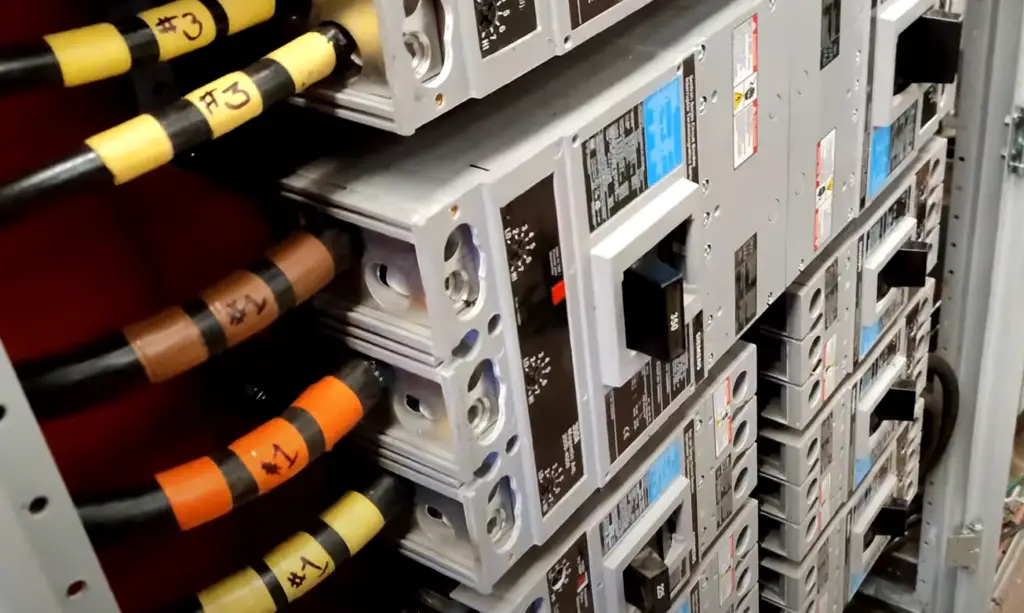
Gas-insulated switchgear
It is used to control and protect circuits in high voltage power systems. GIS is typically enclosed in a metal container, known as the cubicle, which contains several components including switches, disconnectors, circuit breakers, grounding switches, instrument transformers, current transformers (CTs), surge arresters and terminal blocks.
The main advantage of GIS over other switchgear technologies such as air or oil insulated switchgear lies in its ability to reduce the size of equipment while maintaining a safe operation. This makes it ideal for areas where space is limited such as underground substations or congested urban areas. GIS is also more reliable than other switchgear technologies due to its ability to contain the electric arc in a sealed chamber filled with a dielectric gas, thus preventing any contact between personnel and live components within the switchgear.
In terms of maintenance, GIS requires less attention compared to other types of switchgears such as air insulated ones which require regular cleaning and servicing. It is also more resistant to moisture, dust, sand storms and other environmental factors making it ideal for areas where these contaminants are present.
Air-insulated switchgear
Air-insulated switchgear (AIS) uses air as the primary insulating medium for switching and protection of electrical circuits. It is composed of several components, including circuit breakers, isolators, busbars and other components. The power system is connected through a combination of these components which help ensure that the system remains safe from faults or overloading. AIS can be used in both high voltage and low voltage systems, making it an ideal choice for many applications. Some AIS also feature advanced digital monitoring systems to help detect any problems and alert maintenance staff.
AIS can also be used in conjunction with other power system components such as transformers, generators and motors. This helps ensure that a safe and reliable distribution of electricity is maintained throughout the entire system.
In addition to their safety features, AIS are also highly cost-effective when compared to other types of switchgear. They require less maintenance than many other types of equipment, making them an excellent choice for many applications. As technology continues to advance, it is expected that AIS will continue to become even more reliable and efficient over time.
Shielded solid switchgear
Shielded solid switchgear is a type of electrical switching device used to protect and control circuits in industrial and commercial facilities.
Shielded solid switchgear utilizes solid shields on each component to ensure the safety of personnel from electric shock or fire hazards that could result from contact with exposed conductors. The metal shields also act as barriers between the live parts inside the equipment and any external objects such as tools and animals. This helps reduce the risk of accidents caused by direct contact with energized parts.
The switchgear also has additional safety features such as warning lights, audible alarms and interlocking systems to alert personnel of unsafe conditions. Additionally, shielded solid switchgears usually use arc-resistant designs that are designed to protect against arcing or burning of the insulation materials inside the equipment. This further ensures safety during operation and maintenance activities. [1], [2], [3], [4]
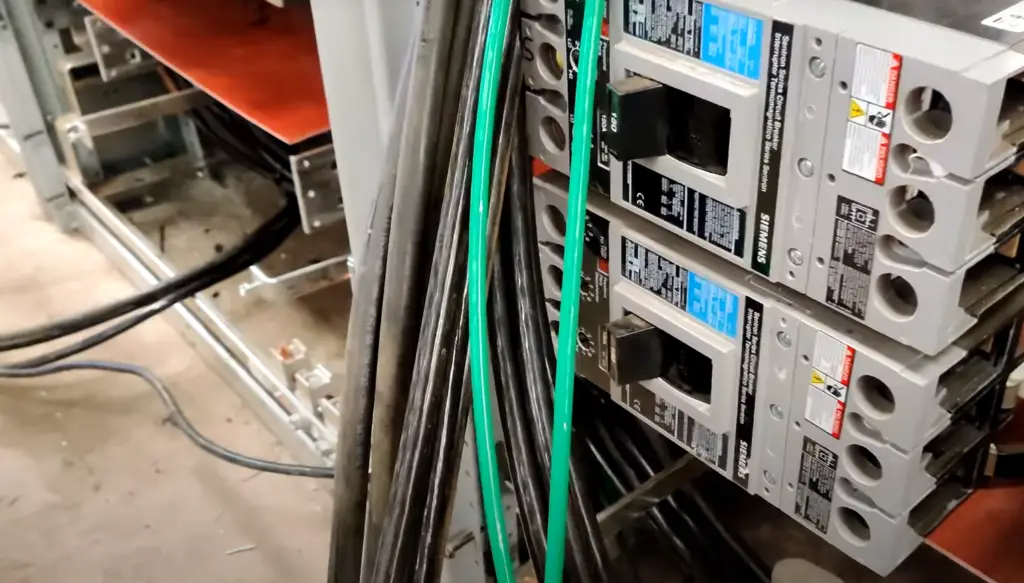
Differences Between Switchgear and Switchboards?
A switchgear and a switchboard are two essential components of electrical systems. But what exactly is the difference between them? In short, a switchgear is an assembly of switches, circuit breakers, or other control devices that can be used to control and protect circuits in the power system. A switchboard is a board or panel that distributes electricity safely throughout industrial and commercial facilities.
Switchgear usually refers to high voltage equipment such as circuit breakers, transformers, protective relays and disconnector switches which are all housed inside metal enclosures for protection.
Switchboards on the other hand are typically limited to low voltages and consist of panels with wiring connecting different parts of the electrical system like distribution boards and motor control centers.
It’s important to know the difference between each type of equipment as they are used for different purposes. Switchgear is typically used to transfer power from one source to another, while switchboards are primarily used for distribution and control of the electrical system. [5]
Applications of Switchgear?
Nowadays switchgear is used in a variety of applications in the industrial, commercial, and residential sectors. Due to its versatility and reliability, it is one of the most important components for power systems.
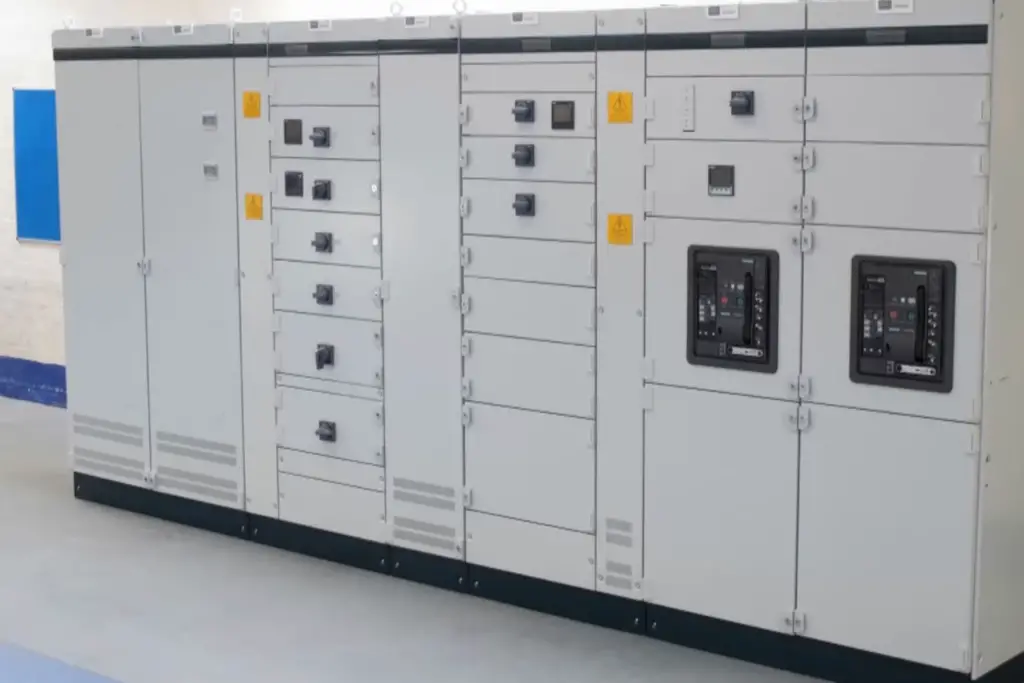
In general, switchgears are used to control and protect electrical circuits from overloads and short circuits. They are also used to isolate faulty equipment from other parts of the system or power source in order to prevent any further damage.
Switchgear can be found in many industries including energy production and distribution facilities, manufacturing plants, data centers, hospitals and other public buildings. It is also commonly used in residential areas for service entrance protection, subpanel protection as well as isolation of different circuits within the building.
Metering equipment is another key application of switchgear technology. This consists of special meters used to measure the flow of electricity, allowing utilities to bill customers for their electricity consumption.
Switchgears are also often used in power distribution systems. These provide reliable and efficient control over the direction of energy flows within a system, thus preventing accidents due to overloads or short circuits.
Finally, switchgear can be found in many renewable energy installations such as solar panels, wind turbines and other forms of alternative generation. It is important for these applications to have an efficient switching system as any failure can lead to catastrophic results.
The exact application of switchgear varies per type of system, but its importance for power systems remains the same. The reliability and flexibility of switchgear makes it an essential component in any electrical system. [6]
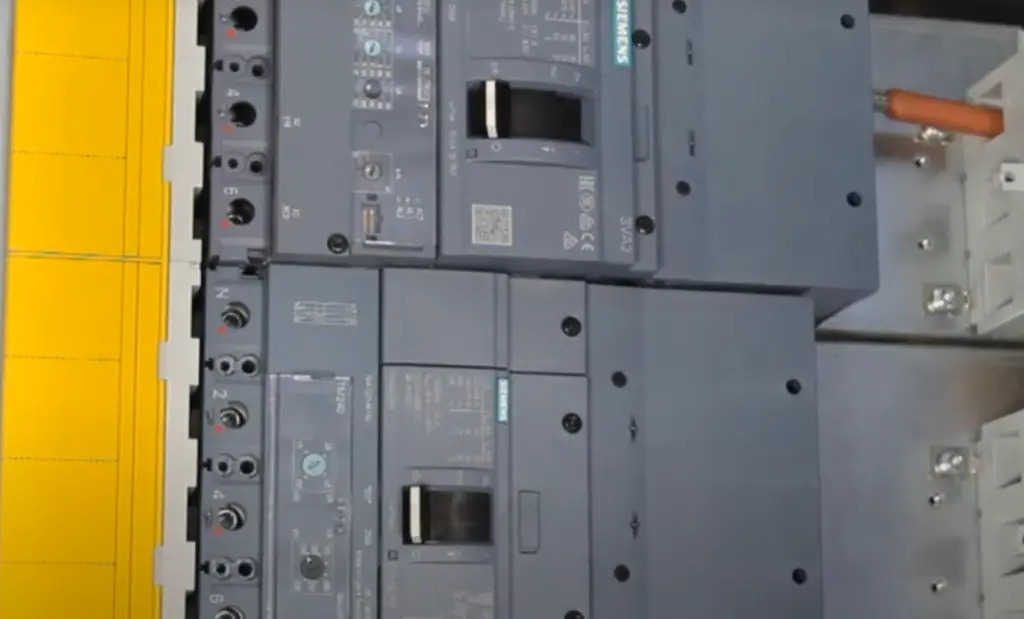
FAQ
How can I extend the life of my switchgear?
First and foremost, regular inspection of your equipment is key. It’s important to thoroughly inspect your switchgear for any signs of damage or wear and tear. If there are any issues such as cracks, corrosion, or other visible defects, they should be addressed immediately. Additionally, you should routinely check all of the components within the switchgear itself; if any parts need to be replaced or repaired, it’s important that you do so right away to make sure your switchgear continues to function properly.
You should also be aware of any potential overloads that may occur on the switchgear, as well as making sure all connections are secure and tight. If any of the components in the switchgear appear loose or damaged, you will want to address them immediately. Additionally, it’s important to ensure that any environmental factors (such as temperature or humidity) do not put undue stress on the switchgear.
Finally, proper maintenance also includes regularly lubricating moving parts within the switchgear. This helps keep everything running smoothly and can help extend its life significantly.
Benefits of switchgear?
The benefits of using switchgear are numerous, including improved safety, enhanced reliability, increased efficiency, and lower costs.
First and foremost, switchgear protects the circuit from overloads by automatically disconnecting it when current exceeds its rated capacity. This protects both the life of the circuit components as well as personnel working on or near them. Switchgear also prevents short circuits by isolating faulty wiring or equipment quickly before any damage can be done to other parts of the system.
Switchgear devices can provide automated control over various parameters such as voltage or load levels which helps ensure proper performance while saving time and money. Additionally, switchgear can increase the reliability of a power system by protecting it from outages due to sudden changes in load or supply. This helps reduce downtime and ensure business continuity.
What is switchgear, and what does it do?
Switchgear is a device used to control, protect and isolate electrical equipment. It is an assembly of various components including circuit breakers, fuses, disconnects, transformers, relays and other protective devices like surge protectors.
It works by controlling the flow of electricity in a circuit or system. When there is an overload or short-circuit, the switchgear trips off automatically and prevents damage to the equipment connected to it. In some cases, switchgear can also be used for switching between sources of power such as from grid to generator or vice versa.
Switchgears are usually located at substations and installed along transmission lines where high voltage needs to be reduced before it’s supplied to a residential or commercial building. They are also used in industrial facilities as well as power plants.
What is an example of switchgear?
Switchgear is a device that disconnects or connects electrical circuits. It is used to protect equipment and people from electrical hazards.
There are many types of switchgear: low-voltage, medium-voltage and high-voltage. In addition to that, the switchgear can be further classified into three main types: gas-insulated switchgear, air-insulated switchgear and shielded switchgear.
When selecting the ideal switchgear for a specific application, it is essential to consider its operating voltage, short-circuit current rating and whether or not there are any potential explosion hazards.
What is switchgear vs. switchboard?
Switchgears and switchboards are both devices that control electrical circuits. The main difference between switchgear and switchboard is in their design: while a switchboard typically features fuses, circuit breakers, switches, and other components mounted on a single panel or set of panels, switchgear involves multiple components housed in separate enclosures with an integrated system for controlling electrical circuits.
Switchgear systems offer greater flexibility than the traditional switchboard setup since they allow users to add or remove components as needed. Plus, the individual enclosures provide better protection for personnel by isolating dangerous high-voltage sections from low-voltage sections. Furthermore, each enclosure can be easily tested without disconnecting the whole system.
Switchgear systems are often used in large industrial and commercial facilities, such as power plants and factories. They’re designed to provide safe, reliable electrical power distribution while also helping to reduce energy costs by improving efficiency.
Useful Video: How a Switchgear Works
Conclusion
Switchgears are an essential part of electrical systems and are used to provide voltage control and circuit protection. They help protect equipment, personnel, and other components from damage due to excessive current or short circuits.
In this article we discussed what switchgears are and how they work, the different types of switchgear, and their benefits. We also discussed why it is important to select the right type and size of switchgear for your needs.
When selecting switchgear, it is important to consider the application and environment in which it will be installed. Make sure that all safety regulations are followed during installation, operation, and maintenance. Finally, make sure to use only qualified personnel to install and maintain your switchgear system.
There are many types of switchgear and each type has its own advantages and disadvantages. When selecting a switchgear, it is important to consider the type of application, cost, size, and other factors. Properly installed and maintained switchgears can provide reliable and safe voltage control for all types of electrical systems. Finally, make sure to use only qualified personnel to install and maintain your switchgear system.
We hope you have enjoyed reading this epic guide on what is a switchgear! With this information, you should be able to make informed decisions about which type to choose for your needs. Thank you for reading!
References
- https://www.ascopower.com/us/en/resources/articles/what-is-switchgear.jsp
- https://www.se.com/us/en/work/featured-articles/what-is-switchgear/
- https://chintglobal.com/blog/gas-insulated-switchgear-gis/
- https://www.orecco.com/air-insulated-switchgear/
- https://www.baypower.com/blog/the-difference-between-switchgear-switchboards/
- https://thegundcompany.com/switchgear-electronic-applications





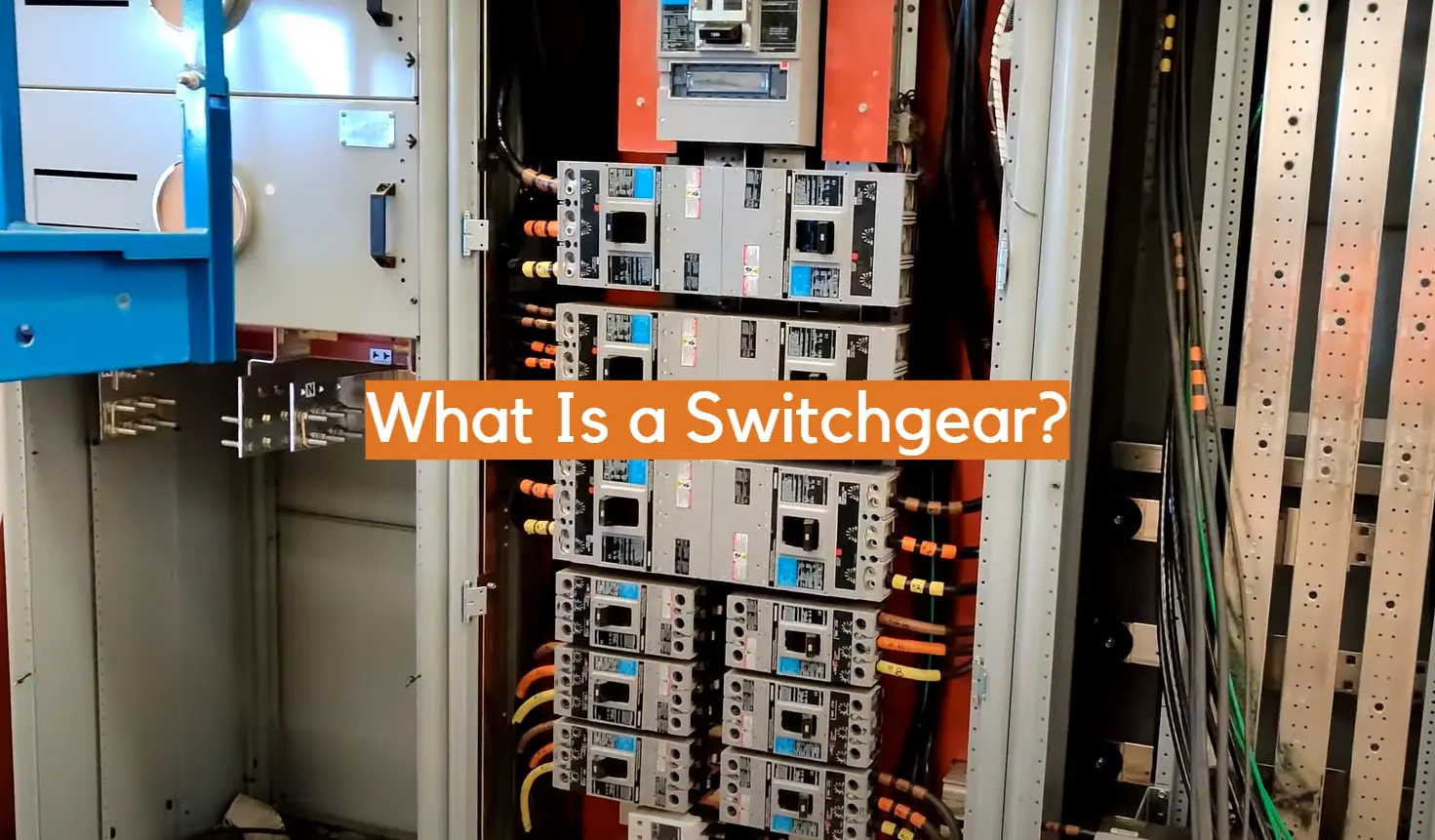








Leave a Reply